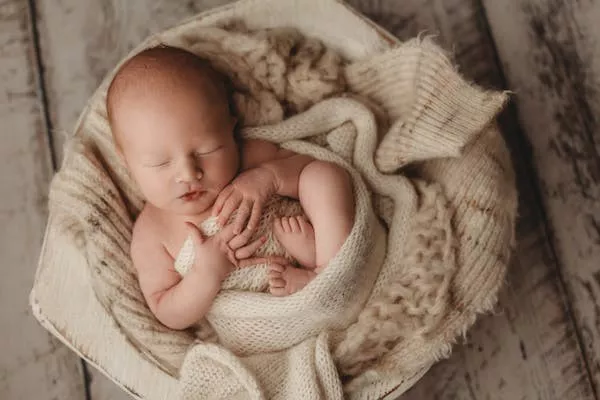When it comes to choosing a sleeping arrangement for your baby, you may find yourself torn between a crib and a cradle. Both options have their advantages and considerations to keep in mind. In this article, we will explore the benefits and differences of cribs and cradles to help you make an informed decision that suits the needs of your little one.
1. Safety First: Cribs as a Secure Sleeping Option
Cribs are often considered the safer choice when it comes to providing a sleeping environment for infants. They are designed with safety standards in mind, ensuring that the sleeping space is secure and minimizes the risk of accidents. Cribs usually have sturdy construction, fixed sides, and appropriate spacing between slats to prevent the baby from getting stuck or falling out.
2. Longevity and Versatility: Cribs Accommodate Growing Babies
One of the significant advantages of cribs is their longevity and versatility. Most cribs are designed to accommodate your child as they grow, transforming from a baby crib into a toddler bed and sometimes even into a full-size bed with the use of conversion kits. This means that investing in a good-quality crib can provide a sleeping solution for several years, making it a cost-effective choice in the long run.
3. Space Consideration: Compactness of Cradles
If you have limited space in your home or prefer a more compact sleeping option, cradles can be a suitable choice. Cradles are smaller and more portable than cribs, allowing you to easily move them from room to room. This can be especially convenient during the early months when frequent nighttime feedings and closeness to the parents are desired.
4. Gentle Motion: Soothing Benefits of Cradles
One of the unique features of cradles is their ability to provide gentle motion. Many cradles are designed to rock or sway, simulating the movements babies experienced in the womb. This gentle motion can be soothing for infants and may help them settle down and fall asleep more easily. The rhythmic swaying can also mimic the sensation of being held, which can provide comfort and reassurance.
5. Bonding and Proximity: Cradles Foster Close Interaction
Cradles offer a closer proximity between the baby and the caregiver, promoting bonding and interaction. Placing a cradle beside your bed allows you to attend to your baby’s needs more conveniently during the night, such as feeding or soothing. This close physical presence can enhance the parent-child bond and make nighttime caregiving more manageable.
6. Transitioning Challenges: Moving from Cradle to Crib
One consideration with cradles is the potential challenge of transitioning your baby to a crib when they outgrow the cradle. Babies can become accustomed to the rocking motion provided by cradles, making it difficult for them to adjust to a stationary sleep surface. If you choose to start with a cradle, it’s important to have a plan for transitioning your baby to a crib when the time comes.
7. Sleep Environment: Factors to Consider
Both cribs and cradles require careful attention to creating a safe sleep environment for your baby. Regardless of your choice, here are some essential factors to consider:
Mattress Quality: Ensure that the mattress used in either a crib or cradle is firm, fits snugly in the sleeping space, and is free from any rips or tears.
Bedding Safety: Avoid using soft bedding items such as pillows, blankets, or stuffed animals in the sleep area, as they can pose suffocation hazards. Instead, opt for a fitted sheet specifically designed for the crib or cradle.
Temperature and Ventilation: Maintain a comfortable room temperature (between 68-72°F or 20-22°C) and ensure proper ventilation to create a conducive sleep environment for your baby.
Positioning: Always place your baby on their back to sleep to reduce the risk of Sudden Infant Death Syndrome (SIDS).
Conclusion
When deciding between a crib and a cradle, it’s crucial to consider factors such as safety, longevity, space availability, soothing benefits, bonding opportunities, and the potential challenges of transitioning. Cribs provide a secure and long-lasting option that can evolve with your child’s needs, while cradles offer portability and closeness during the early months.
Ultimately, the choice comes down to your preferences, available space, and individual needs of your family. Whichever option you choose, always prioritize creating a safe sleep environment for your baby, following guidelines for mattress quality, bedding safety, temperature, ventilation, and proper positioning. Remember, what matters most is providing a comfortable and secure sleeping space where your little one can rest, grow, and thrive.


